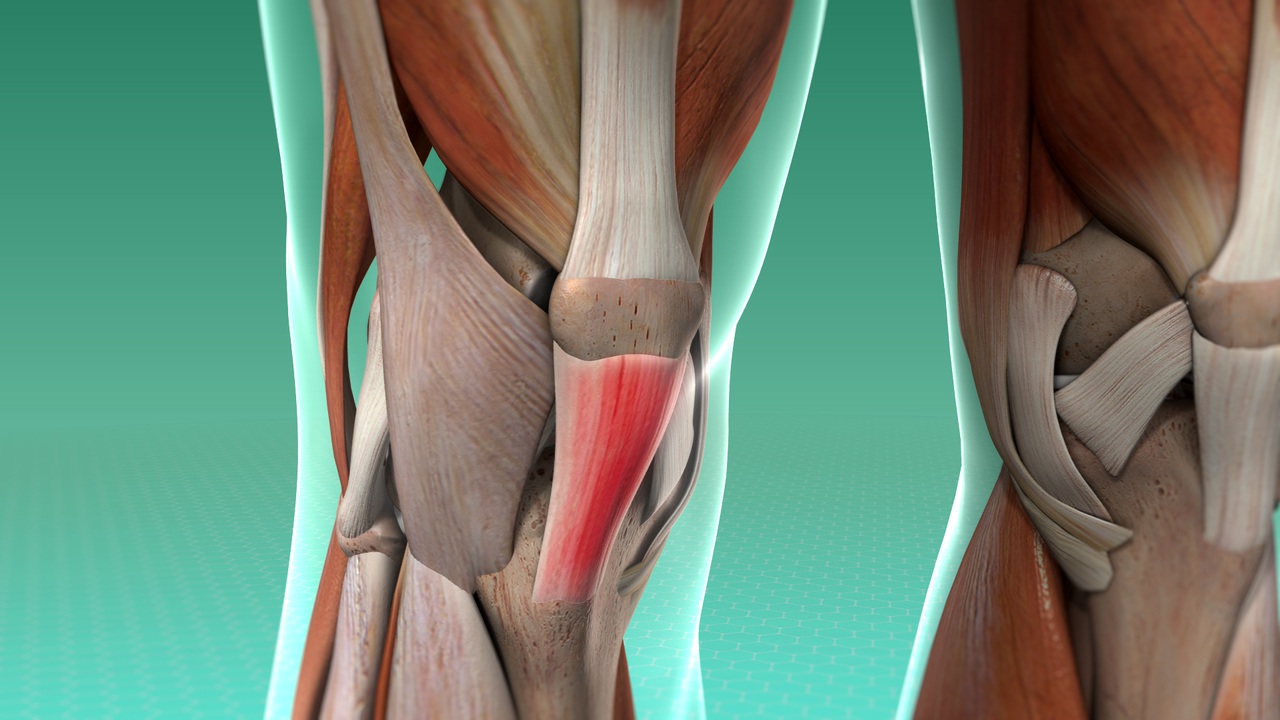
What is the patellar reflex? The patellar reflex, also known as the knee-jerk reflex, is a sudden kicking movement of the lower leg in response to a sharp tap on the patellar tendon, located just below the kneecap. This reflex is a type of deep tendon reflex that helps doctors assess the health of the nervous system. When the tendon is tapped, it stretches the quadriceps muscle in the thigh, sending a signal to the spinal cord. The spinal cord then sends a message back to the muscle, causing it to contract and produce the kicking motion. This simple yet fascinating reflex is crucial for maintaining posture and balance.
What is the Patellar Reflex?
The patellar reflex, also known as the knee-jerk reflex, is a sudden kicking movement of the lower leg in response to a sharp tap on the patellar tendon. This reflex is a classic example of a simple spinal reflex.
-
The patellar reflex is a monosynaptic reflex. This means it involves only one synapse between the sensory neuron and the motor neuron.
-
It helps maintain muscle tone and posture. By quickly adjusting muscle tension, it keeps you from falling over.
-
The reflex is involuntary. You can't control it consciously; it happens automatically.
-
The patellar tendon connects the quadriceps muscle to the tibia. When the tendon is tapped, it stretches the quadriceps muscle.
-
The reflex arc involves the spinal cord. The sensory signal travels to the spinal cord and back to the muscle without involving the brain.
Why is the Patellar Reflex Tested?
Doctors often test the patellar reflex during a physical exam. This simple test can reveal a lot about your nervous system.
-
It checks for nerve damage. An absent or weak reflex can indicate nerve issues.
-
A hyperactive reflex might suggest a problem in the central nervous system, such as multiple sclerosis.
-
The test can help diagnose thyroid issues. An overactive thyroid can cause a hyperactive reflex.
-
It can reveal spinal cord injuries. Damage to certain areas of the spinal cord can affect the reflex.
-
The test is quick and non-invasive. It requires only a small hammer and a few seconds.
How Does the Patellar Reflex Work?
Understanding the mechanics of the patellar reflex can help you appreciate its role in your body.
-
The reflex starts with a stimulus. A tap on the patellar tendon stretches the quadriceps muscle.
-
Sensory neurons detect the stretch. These neurons send a signal to the spinal cord.
-
The signal reaches a motor neuron. This neuron sends a message back to the quadriceps muscle.
-
The muscle contracts. This causes the lower leg to kick out.
-
The entire process happens in milliseconds. It's one of the fastest reflexes in the human body.
Interesting Facts About the Patellar Reflex
The patellar reflex is more than just a medical test; it's a fascinating aspect of human physiology.
-
Babies have a stronger reflex. Their nervous systems are still developing, so the reflex is more pronounced.
-
The reflex can be diminished by alcohol. Drinking can slow down your nervous system, affecting the reflex.
-
Anxiety can enhance the reflex. Stress hormones can make your muscles more reactive.
-
Some people have a naturally weak reflex. This doesn't necessarily indicate a problem.
-
The reflex can be trained. Athletes often have a more pronounced reflex due to their training.
The Role of the Patellar Reflex in Daily Life
Though it might seem like a minor detail, the patellar reflex plays a crucial role in everyday activities.
-
It helps you stand up. The reflex adjusts muscle tension to keep you balanced.
-
It aids in walking. Each step you take involves a series of reflexes, including the patellar reflex.
-
The reflex helps you avoid injury. By quickly adjusting muscle tension, it can prevent falls.
-
It plays a role in sports. Athletes rely on quick reflexes for better performance.
-
The reflex is involved in driving. Quick reflexes can help you react to sudden changes on the road.
Fun Facts About the Patellar Reflex
Here are some quirky and fun facts about the patellar reflex that you might not know.
-
The reflex is named after the patella, or kneecap. The patella protects the knee joint.
-
The reflex was first described by Wilhelm Erb in the 19th century. He was a German neurologist.
-
Some animals have a similar reflex. Cats and dogs also have a knee-jerk reflex.
Final Thoughts on Patellar Tendonitis
Patellar tendonitis, often called jumper's knee, is a common issue for athletes and active individuals. It happens when the tendon connecting the kneecap to the shinbone gets inflamed. This condition can cause pain, swelling, and difficulty moving the knee.
Prevention is key. Regular stretching, strengthening exercises, and proper warm-ups can help keep this problem at bay. If you do experience symptoms, rest and physical therapy can aid recovery. Ignoring the pain might lead to more severe issues, so it's crucial to address it early.
Understanding the causes and treatments of patellar tendonitis empowers you to take better care of your knees. Stay active, but listen to your body. If pain persists, consult a healthcare professional. Your knees will thank you!
Was this page helpful?
Our commitment to delivering trustworthy and engaging content is at the heart of what we do. Each fact on our site is contributed by real users like you, bringing a wealth of diverse insights and information. To ensure the highest standards of accuracy and reliability, our dedicated editors meticulously review each submission. This process guarantees that the facts we share are not only fascinating but also credible. Trust in our commitment to quality and authenticity as you explore and learn with us.
